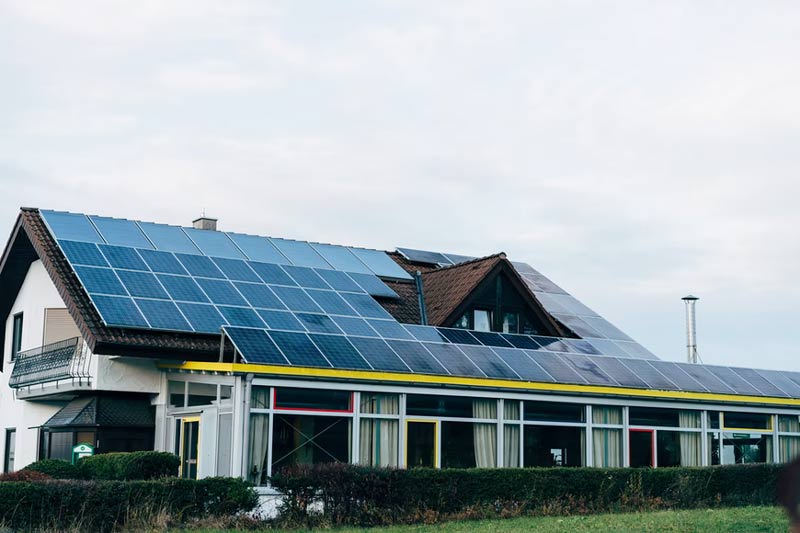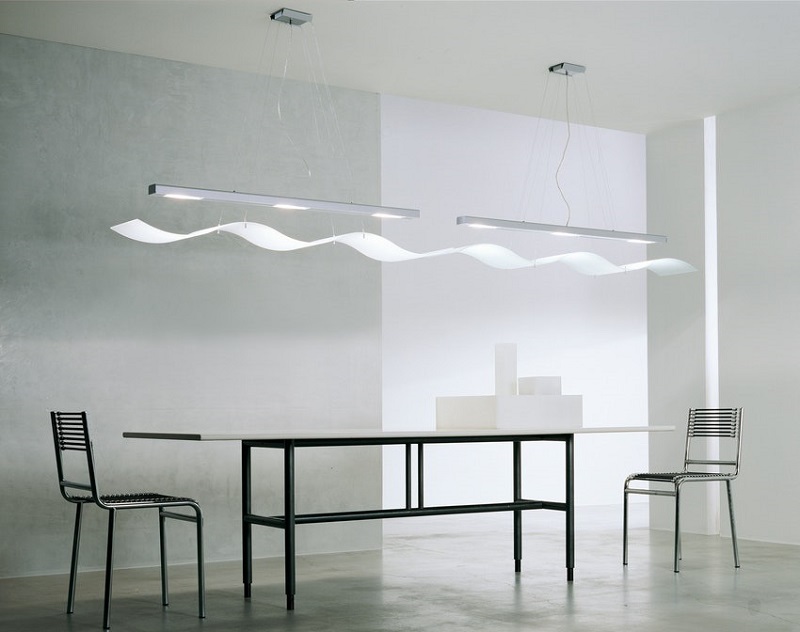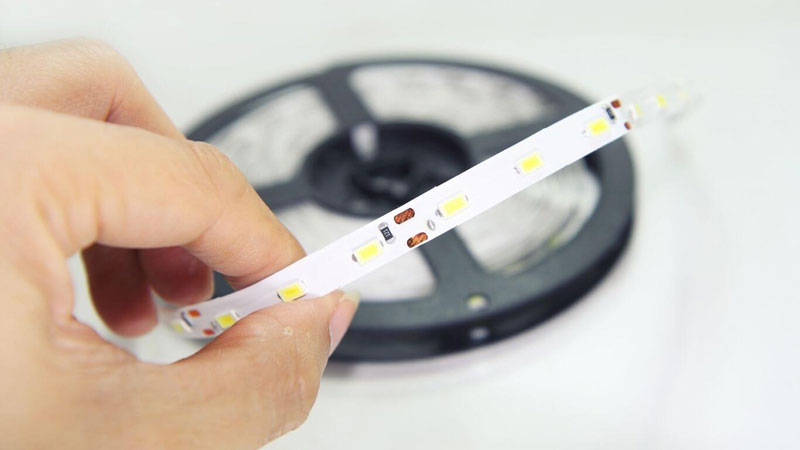Solar energy is becoming an increasingly popular source of renewable energy for residential use in the United States. Solar panels convert sunlight to electricity in a way less harmful to the environment than burning gas, coal, or other fossil fuels. Furthermore, you will be less reliant on the local grid to power your home, which will save you money on utility expenses. But exactly how much energy does a solar panel produce per square foot?
It’s one of the key questions to consider when looking into solar power. Here’s everything you need to know about the output of a solar panel and the factors that affect it.
How Much Electricity Does a Solar Panel Produce per Square Foot?
There isn’t a fixed value on how much energy a solar panel produces per square foot. Instead, the amount of energy solar panels generate depends on a few factors, such as the panel’s wattage ratings and size.
Wattage or power output ratings refer to the number of watts the solar panels can produce per hour under ideal conditions. Generally speaking, average residential solar systems have ratings between 250–400 watts.
Let’s say you have a solar panel that measures about 5 ½ x 3 ¼ feet with a rating of 300 watts. That would mean the panel would, ideally, generate around 16.8 watts per square foot.
Other Factors Affecting a Solar Panel System’s Output
When making your home more energy-efficient with solar, there are several other factors to take into account besides the panels’ estimated output. These factors also affect how much power your panel systems can produce.
1. Their Orientation
The panels’ placement on your roof or land affects the amount of sunlight they can absorb. For example, if part of the panels gets covered by the shade from nearby trees or buildings, they wouldn’t be able to catch as much sunlight and generate as much electricity as their output ratings would suggest.
2. Weather Conditions
How much sunshine does your area get each year? The more hours of sunlight the panels are exposed to, the more energy they produce for your home. A frequently cloudy or rainy area wouldn’t let you get the most out of your solar panels.
3. The Inverter’s Efficiency
When solar panels generate power, they create direct current (DC) electricity. Your home can’t use this, so the solar system also has an inverter to convert the DC into alternating current (AC) electricity. Thus, your solar panel system’s output would also depend on how efficiently the inverter converted DC into AC.
Want to Learn More about Solar Panels?
Planning on going solar at home? Learning how much energy solar panels produce per square foot is just one of the many things to know when shopping for solar panel systems. Discover how solar can make your home more energy-efficient today.




